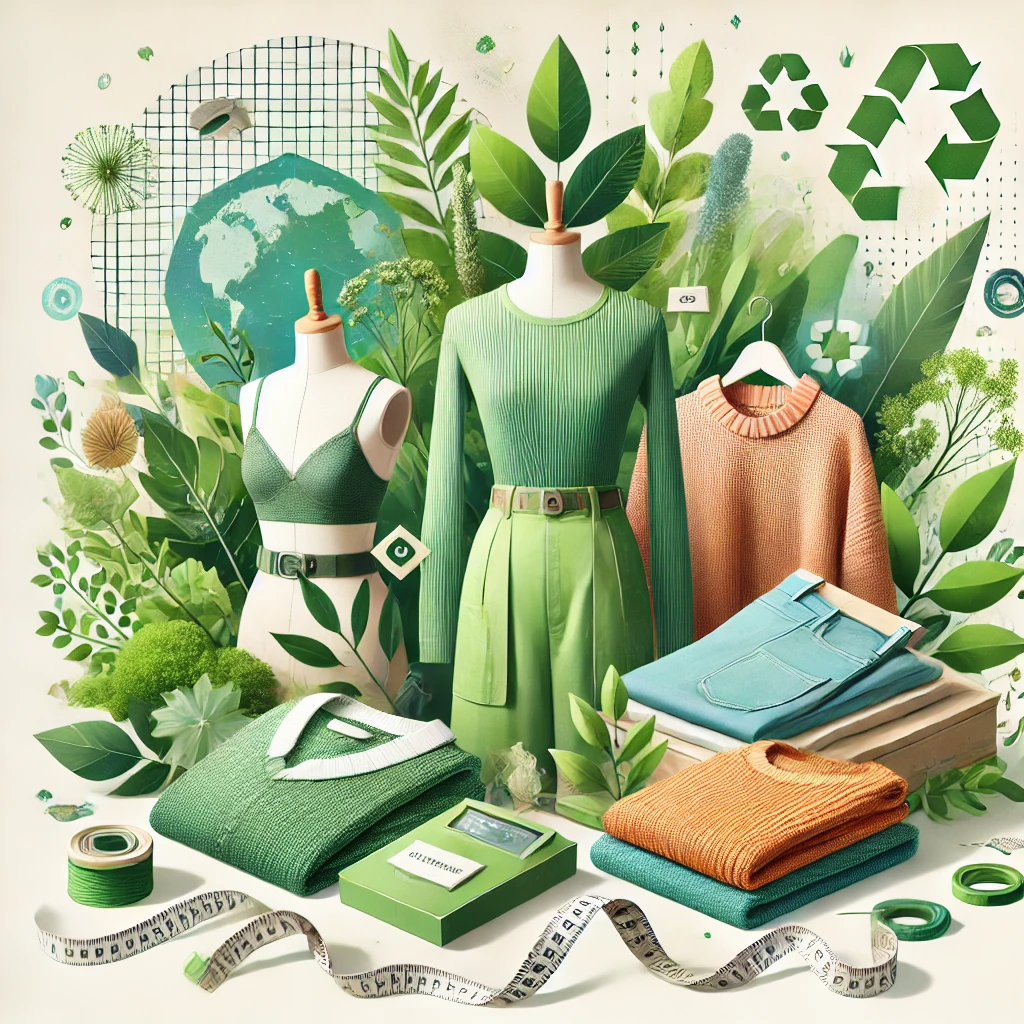Introduction
The fashion industry, long criticized for its environmental impact, is undergoing a significant transformation. Consumers are becoming more conscious of their environmental footprint, driving the demand for sustainable fashion. This shift is pushing brands to adopt eco-friendly practices throughout the supply chain, from sourcing materials to production processes. This article explores the growing trend of sustainable fashion and how it’s reshaping the industry.
What is Sustainable Fashion?
Sustainable fashion refers to clothing and accessories that are designed, produced, and distributed with the least possible environmental and social impact. This movement aims to reduce waste, conserve resources, and promote fair labor practices. Sustainable fashion brands prioritize materials that are organic, recycled, or upcycled, and they often implement strategies to minimize water usage, energy consumption, and carbon emissions.
Key Components of Sustainable Fashion
- Eco-Friendly Materials: Organic cotton, hemp, and bamboo are popular choices due to their lower water and pesticide requirements compared to conventional materials. Recycled fabrics, like polyester from plastic bottles, help reduce waste.
- Ethical Production Practices: Sustainable fashion goes beyond materials. Brands committed to sustainability ensure fair wages and safe working conditions for their workers. This includes minimizing environmental impact by using renewable energy and reducing waste during production.
- Circular Fashion: This emerging trend focuses on extending a product’s lifecycle. This means designing durable clothes, repairing or recycling garments, and encouraging consumers to buy second-hand or rent clothes. Keeping clothing in use longer reduces the need for new production and lessens the environmental impact.
- Transparency and Traceability: Consumers increasingly demand transparency from fashion brands. Sustainable companies provide detailed information about their supply chains, from material sourcing to garment production. This allows informed choices and supports brands genuinely committed to sustainability.
Why Sustainable Fashion Matters?
The fashion industry is a major polluter, contributing to water pollution, greenhouse gas emissions, and textile waste. The shift towards sustainable fashion is crucial for reducing this environmental footprint. By choosing sustainable options, consumers can support practices that protect the planet and promote social responsibility.
- The Environmental Impact: Traditional fashion production is resource-intensive and wasteful. A single cotton t-shirt requires about 2,700 liters of water, and the industry generates millions of tons of textile waste annually. Sustainable fashion aims to mitigate these impacts by using fewer resources, reducing waste, and encouraging responsible consumption.
- The Social Impact: Sustainable fashion also addresses social issues within the industry. Many fast fashion brands rely on low-wage labor in developing countries, often under poor working conditions. Supporting sustainable fashion contributes to better labor practices and fairer working conditions.
The Future of Sustainable Fashion
Growing awareness is leading more brands to embrace sustainable practices, expanding the market for eco-friendly fashion. Innovations in materials, like lab-grown leather and biodegradable textiles, pave the way for even more sustainable options. Additionally, digital tools like blockchain enhance transparency and traceability in supply chains.
Government Initiatives Supporting Sustainable Fashion in India
India, a major textile and apparel producer, increasingly recognizes the importance of sustainability in fashion. To address environmental and social challenges, the Indian government, in collaboration with industry stakeholders, has launched several initiatives promoting sustainable practices in fashion and textiles.
Initiatives
- Project SU.RE (Sustainable Resolution): Launched in 2019, Project SU.RE is a significant step towards promoting sustainable fashion in India. This collaborative effort between the government, the Clothing Manufacturers Association of India (CMAI), and leading Indian fashion brands encourages brands to commit to sustainable practices.
- National Handloom Development Programme (NHDP): The NHDP promotes the use of traditional, eco-friendly techniques and materials in textile production, supporting India’s rich textile heritage and fostering sustainable fashion practices.
- Khadi and Village Industries Commission (KVIC): KVIC plays a crucial role by promoting the production and sale of Khadi, a hand-spun and hand-woven fabric that is not only a symbol of India’s freedom struggle but also an eco-friendly textile option.
- Sustainable Textiles for Sustainable Development (SusTex): This initiative focuses on developing and promoting sustainable textile technologies, encouraging the use of organic and recycled materials, adopting energy-efficient processes, and minimizing waste.
- Zero Liquid Discharge (ZLD) Guidelines: These stringent environmental regulations require textile dyeing units to treat and recycle all wastewater, ensuring no liquid waste is discharged into the environment. This pushes manufacturers to adopt cleaner production methods and invest in sustainable technologies.
Conclusion
India’s government initiatives play a pivotal role in steering the fashion industry towards sustainability. By promoting eco-friendly materials, traditional handloom techniques, and stricter environmental regulations, these initiatives are helping to create a more sustainable and responsible fashion ecosystem in India. As the industry continues to evolve, such government efforts will be crucial in ensuring that sustainable fashion becomes the norm, not the



